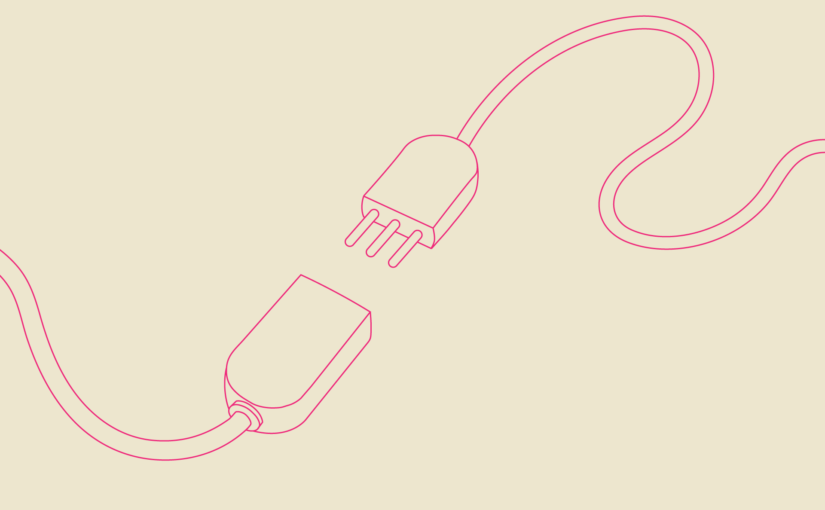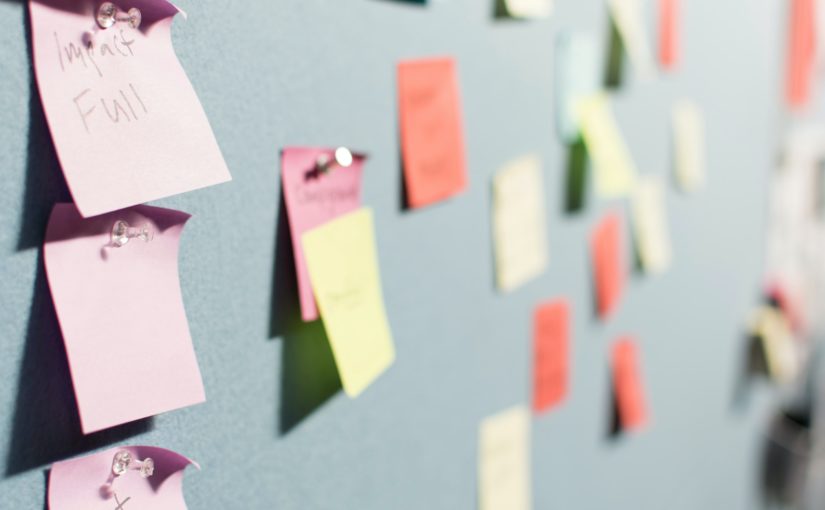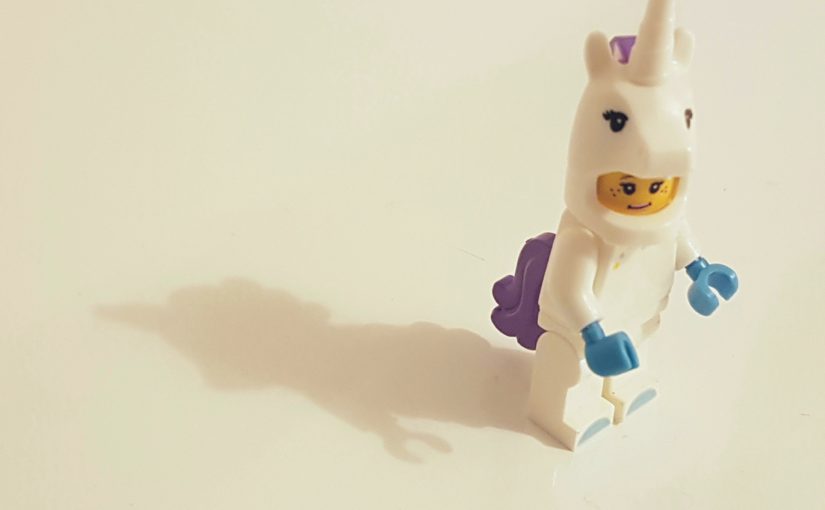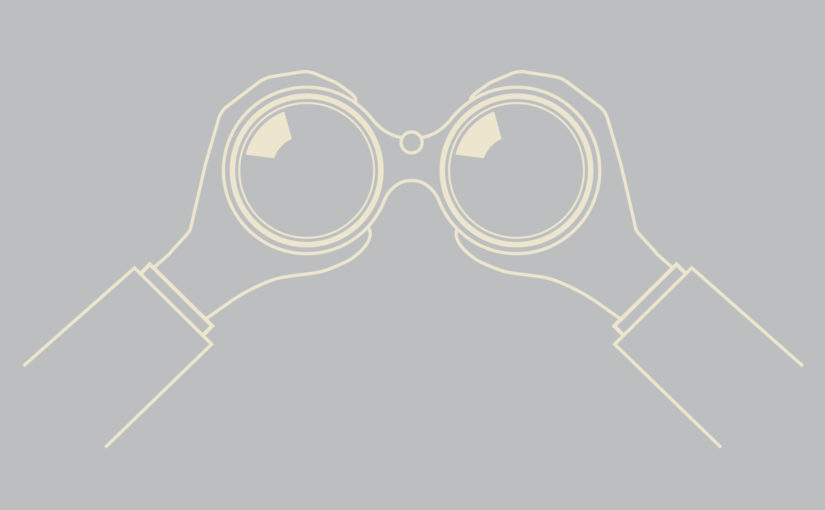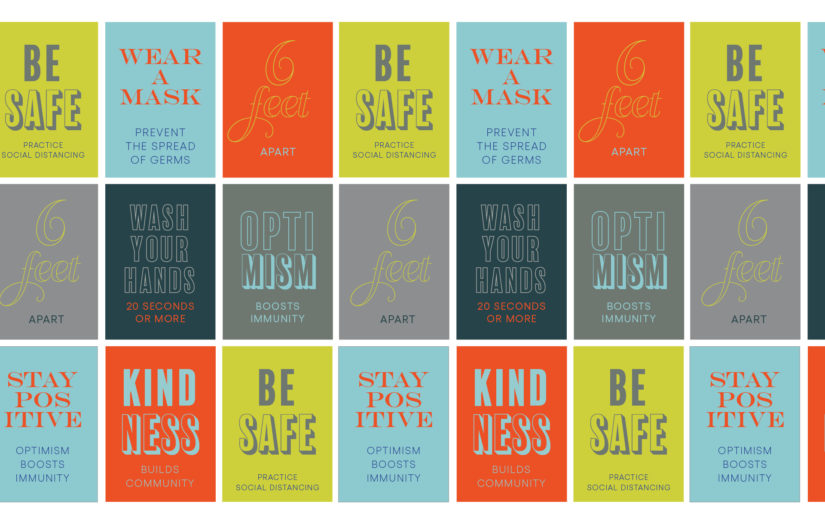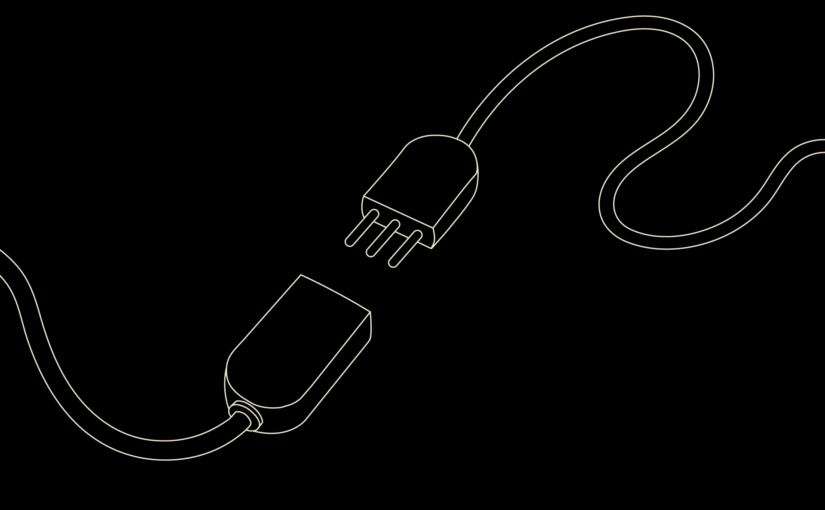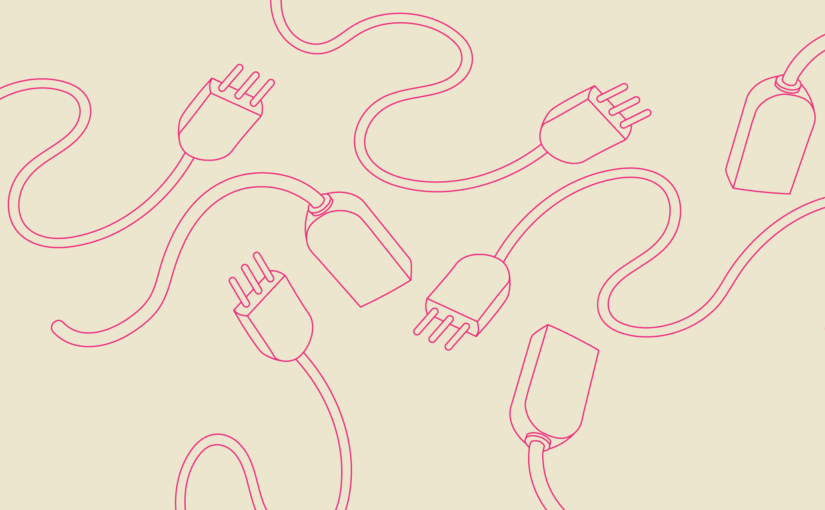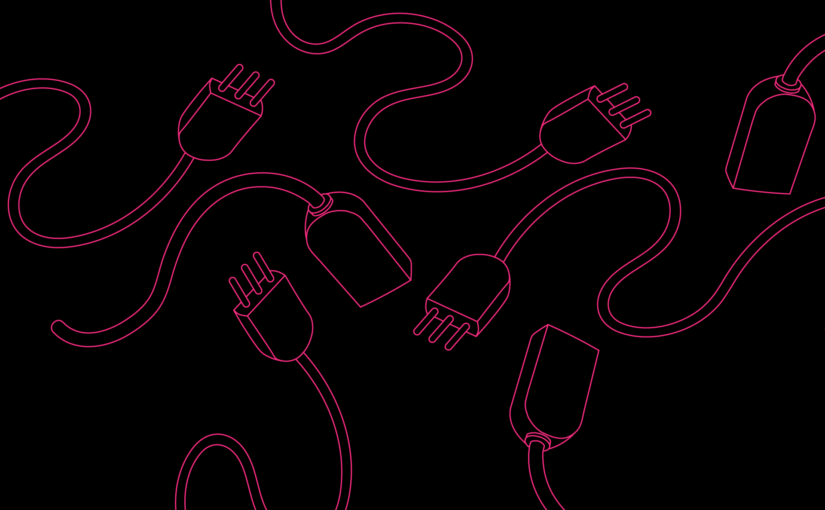There is an important overlap between brand strategy, culture, and team management. Once a new brand positioning is established, it’s only as good as the structures and people who integrate and practice it. A fully functioning brand needs to work on the outside, for your customers, and on the inside, for your people.
Here are 3 somewhat non-traditional ways you can support internal problem-solving, energy and vibes, and creativity inside your organization, whether it’s just you or you + many:
Host a horrible, terrible, very worst ideas summit.
When seeking new solutions to hard problems, an invitation to bring bad ideas to the party might enable the most internally critical people (and therefore quiet ones) to share an infant solution, which can, with a supportive team, grow into a better, better grown-up one.
Throw a framing party.
What? A framing party reminds people that every interaction comes with a message that tells a story and can influence outcomes. When we work more formally, we have briefs, check-ins, and other support to help us stay aligned and on mission. Still, when it comes to our independent day-to-day actions, we are nearly unconscious, and if we have had a bad morning or some unexpected personal event, we bring the residue of that experience with us. Most of us have felt it from others. Like a skunk run over on the road, it’s hard to get that smell out of your nose or that feeling coming off your coworker out of your head, but we do it too. The sign on the door for this problem would read, “You are responsible for the energy you bring into this room.” It’s a wake-up call that we unconsciously walk around, holding and dispersing energy. Ask yourself what you’re trying to accomplish the next time you walk through a door. What frame of mind will support you and others? Giving yourself a brief moment of thought and reframing between events can vastly change how you show up and the outcome of your presence.
Pause for better ideas.
I am frequently asked by people where and how creative ideas arise. The belief seems to be that they are brought on by things like sunsets and balconies with glasses of wine – no, no, no – wine increases my silliness and volume but not my ideas. The ideas come after a pause. The process starts with a problem to solve and a brief, then curiosity and questions, then input, which takes many forms and can be but is not limited to research, information sharing, interviews, site visits, exploration, and then, full of information, like that moment after consuming a big meal, I want to rest. And it is this rest period that is the magic. When your brain has been primed by the brief and fed full of information, it can work in the background while you do everyday life things like chores, driving, showering, cleaning, and walking here and there. And then, after a bit, ideas emerge. I capture them on napkins, voice memos, paper notebooks, and scraps. Stickies are great, but moleskins are better. It feels like magic, but it’s how our brains work, every brain, not just mine. (see how Dali, Einstein & Aristotle leveraged the concept here) Resting is a necessary part of the equation. Yay, micronaps.
What tricks and tips have you found work to inspire yourself and your team?




